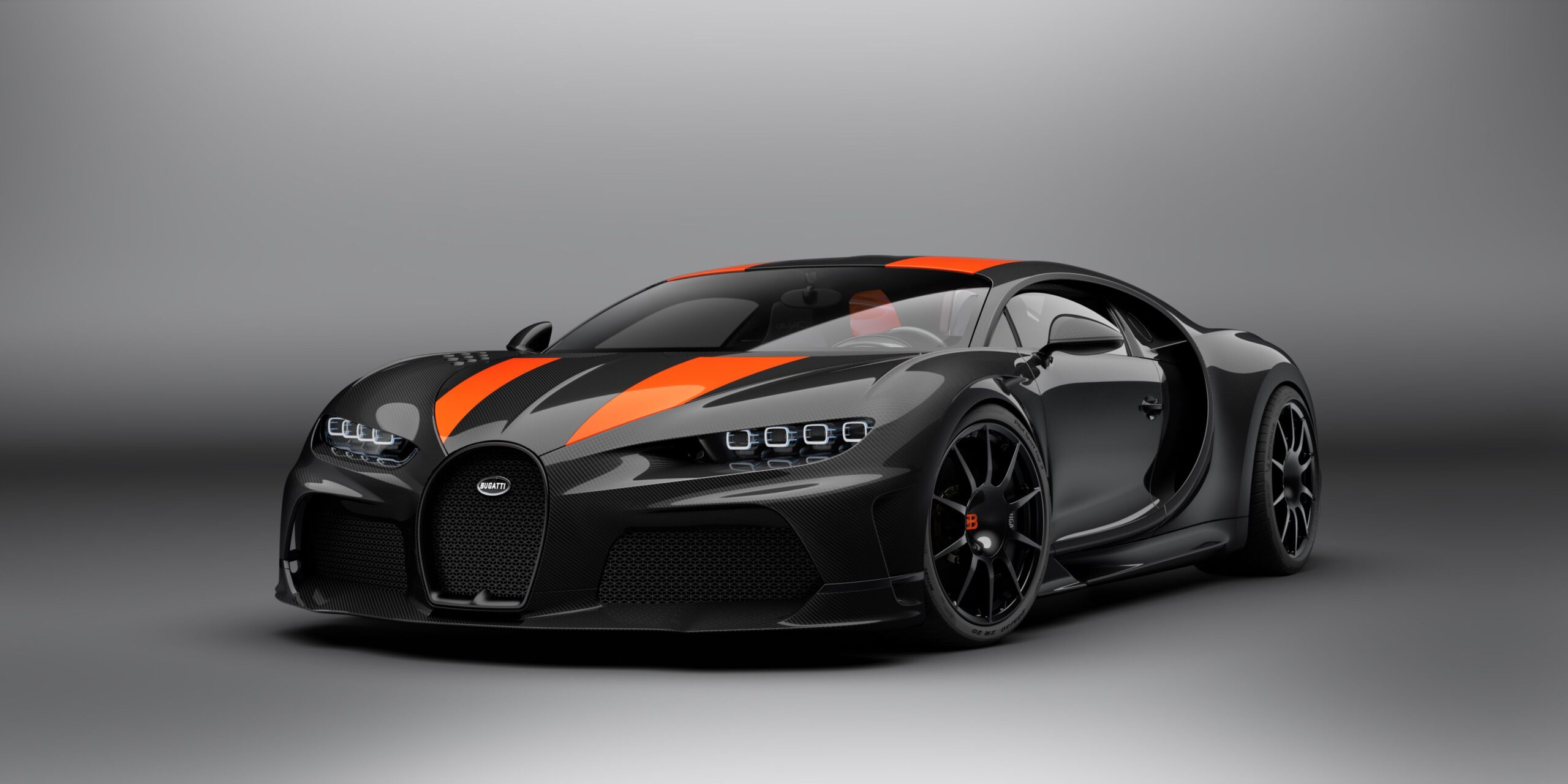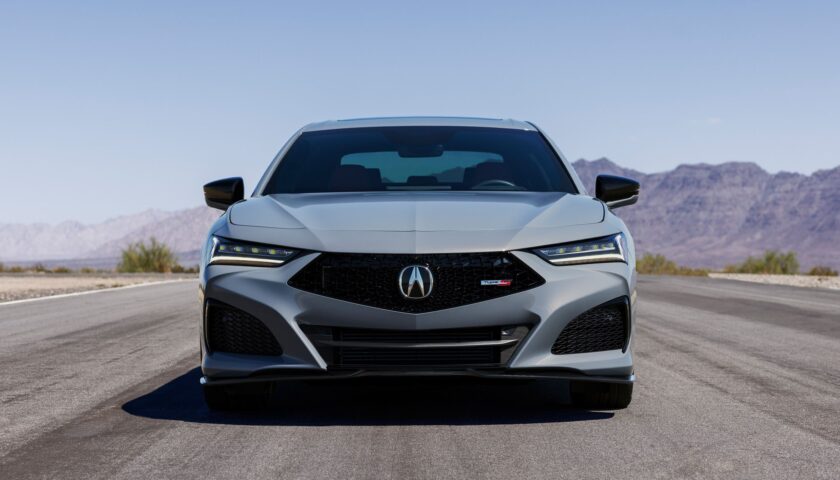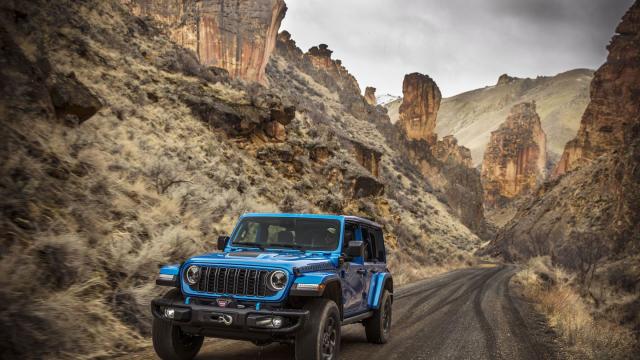These breathtaking examples of Bugatti’s work demonstrate how the French supercar manufacturer has maintained its position at the pinnacle of performance for decades.
Manufacturers have agreed not to pursue new land-speed records for production cars, marking the end of the top speed frenzy. French automaker Bugatti stands out as one of the most original in this category. Ettore Bugatti, an Italian, started the company in 1909 in what is now its permanent location of Molshem, France.
There have been multiple changes of ownership at the company over the years. In 1960, it was declared dead, but Hispano Suiza brought it back to life three years later. The Italian businessman Romano Artioli owned the company from 1987 to 1995; Volkswagen acquired it in 1998. Rimac has owned Bugatti since November 2021, and its electric high-performance vehicles are set to revolutionize the industry.
That being said, during the most duration of its existence, the corporation has been among the most successful in its industry. Since the 1930s, the French automaker has produced some of the world’s most capable road-going vehicles, and these 10 are the quickest Bugattis ever produced.
1936 Atlantic Bugatti Type 57SC
Even in the 1930s, Bugatti was aiming for the top speed record, and the 1936 Bugatti Type 57SC Atlantic was the fastest production car at the time. Six distinct and extremely uncommon Type 57 models were produced. All Bugatti Type 57s shared a common teardrop-shaped silhouette that gave them a classy fastback profile and, in certain circumstances, a more accentuated trunk. The Atlantic Type 57SC was the fastest of the lot.
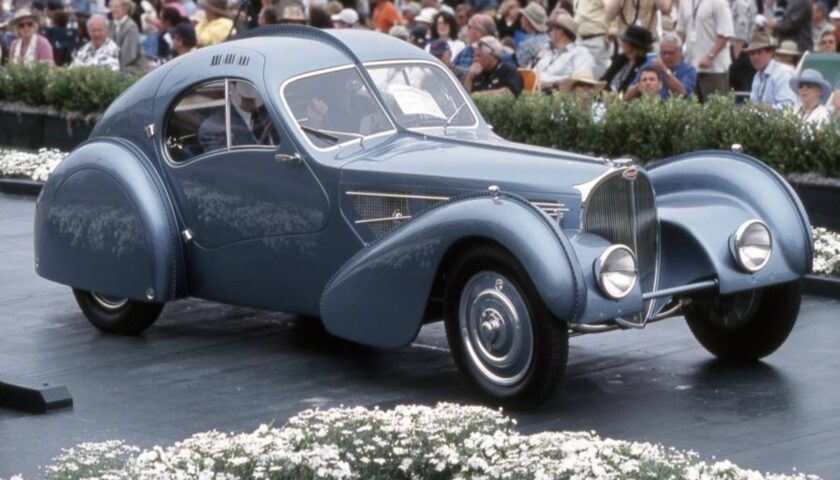
“S” denoted “Surbaissé” (French meaning lowered) and “C” suggested a “compressor” (supercharger). This increased the Type 57SC’s 210 horsepower from the previous 135 (or 175 for the Type 57S) from the 3.3-liter straight-eight engine. The Type 57SC Atlantic was the fastest road automobile of its day, with a top speed of 124.3 mph (200 km/h). Initially, only two units of the Type 57SC were constructed, but later, some owners of the non-supercharged Type 57S chose for the supercharger option.
Bugatti Royale Type 41 (1927)
Bugatti is a luxury automaker that also produces record-breaking hypercars. In 1927, when the French company debuted the Bugatti Type 41 Royale, this became very clear. From 1927 to 1933, just seven examples of the full-size luxury sedan were manufactured, and it is known that one of those examples was destroyed. To take on industry leaders like Rolls-Royce, the Type 41 was developed. Its curb weight of 3,175 kilograms (7,000 pounds) makes the current-generation Bentley Continental Flying Spur look like a Lotus Elise.
The Type 41 Royale may have been a tall ship, but it certainly wasn’t slow. The Bugatti Royale could go at 125 mph (201 km/h) during a time when most cars could only travel at 90 mph (145 km/h). The Type 41’s huge 12.8-liter (778.8 cu. in) straight-eight engine, which shared many features with contemporary truck engines, was a major factor in this. The Type 41 Royale was capable of producing up to 300 horsepower at 1,800 RPM, allowing it to chug along at highway speeds long before the invention of freeways.
A Bugatti EB112 from 1998
You may be astonished to learn that Bugatti has produced a high-performance luxury car in the recent past. The Bugatti EB112 was first shown to the public as a concept vehicle during the 1993 Geneva Motor Show. In 1995, after only two years in business, the company collapsed. An entrepreneur by the name of Gildo Pallanca Pastor bought some of the company’s assets, such as the blueprints for future manufacturing, a supply of unfinished EB112 sedans, and some unused components. Only two of the vehicles were completed. Although Giorgetto Giugiaro of Italdesign gave all of the EB112s, including the prototype, a uniform look, there were subtle differences amongst the vehicles.
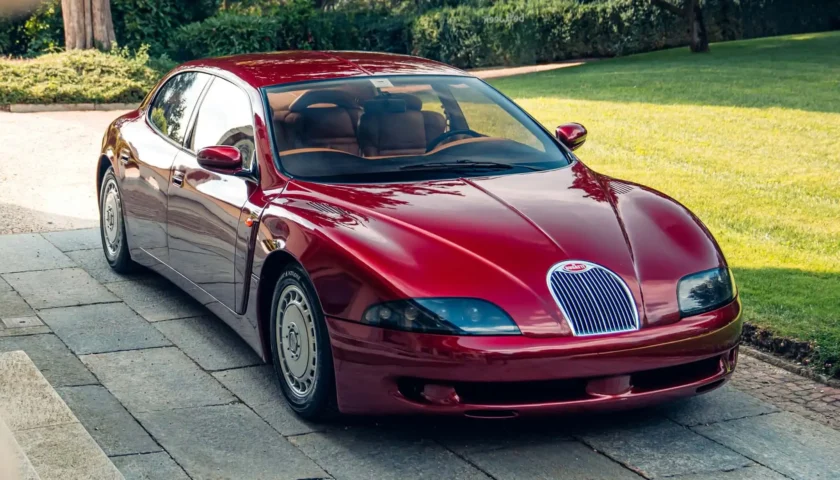
The Bugatti-designed 6.0-liter V-12 propelled both of the production models. The EB112’s V-12 engine produced 450 hp and 479 lb-ft (649 Nm) of torque. Its stunning 4.1-second 0-60 mph pace was made possible by its pairing with a six-speed manual transmission. There were a few other Bugatti four-door designs after the EB112, but none of them were ever manufactured in significant numbers.
An EB110 GT Buggati from 1991
The EB110 is the only model of Bugatti that Romano Artioli has ever owned. This type is the ancestor of the Bugatti’s recognizable quad-turbo arrangement. The earliest EB110s on the list carry the GT suffix and, as the name suggests, prioritize convenience a little more than the later EB110 SS models. While the EB110 SS has a fixed rear wing, the GT has multi-spoke “wire” wheels and an active wing. Although it’s the weaker of the two mid-engine Bugattis from the 1990s, the EB110 GT is nevertheless capable of producing 553 hp and 451 lb-ft (611 Nm) of torque from its 3.5-liter, quad-turbo V-12.
All-wheel drive is a key component in the vehicle’s ability to control that power. Like the EB110 SS, the EB110 GT is a throwback to a time before paddle-shift automatics and is therefore only available with a six-speed manual transmission. Although they seem quite similar, the EB110 GT weighs about 450 pounds (215 kg) more than the EB110 SS because of its heavier steel chassis. The EB110 GT may be more laid-back than the SS, but that doesn’t mean it’s any slacker. It virtually matched the SS’s 0-60 mph time and could hit a high speed of 213 mph (342 km/h).
Bugatti Chiron Pur S/S 2020
When you want Bugatti’s hyper-grand-tourer but in a more track-focused form, you get the Chiron Pur Sport. The business listened in 2020 and delivered a Chiron variant with improved aerodynamics and greater downforce. The Pur Sport is distinguished by its new aerodynamic wheels, closer gear ratios, higher-revving engine (by 200 RPM), 200-pound (90 kg) weight loss, and increased use of Alcantara throughout the interior.
A tall, stationary rear spoiler is also included. The top speed of the Chiron Pur Sport has been limited to 217 mph (350 km/h), despite still having 1,500 horsepower and 1,180 pound-feet (1,600 Nm) of torque. In an unbelievable 2.2 seconds, it can go from 0 to 60 mph (97 km/h).
Read More –


